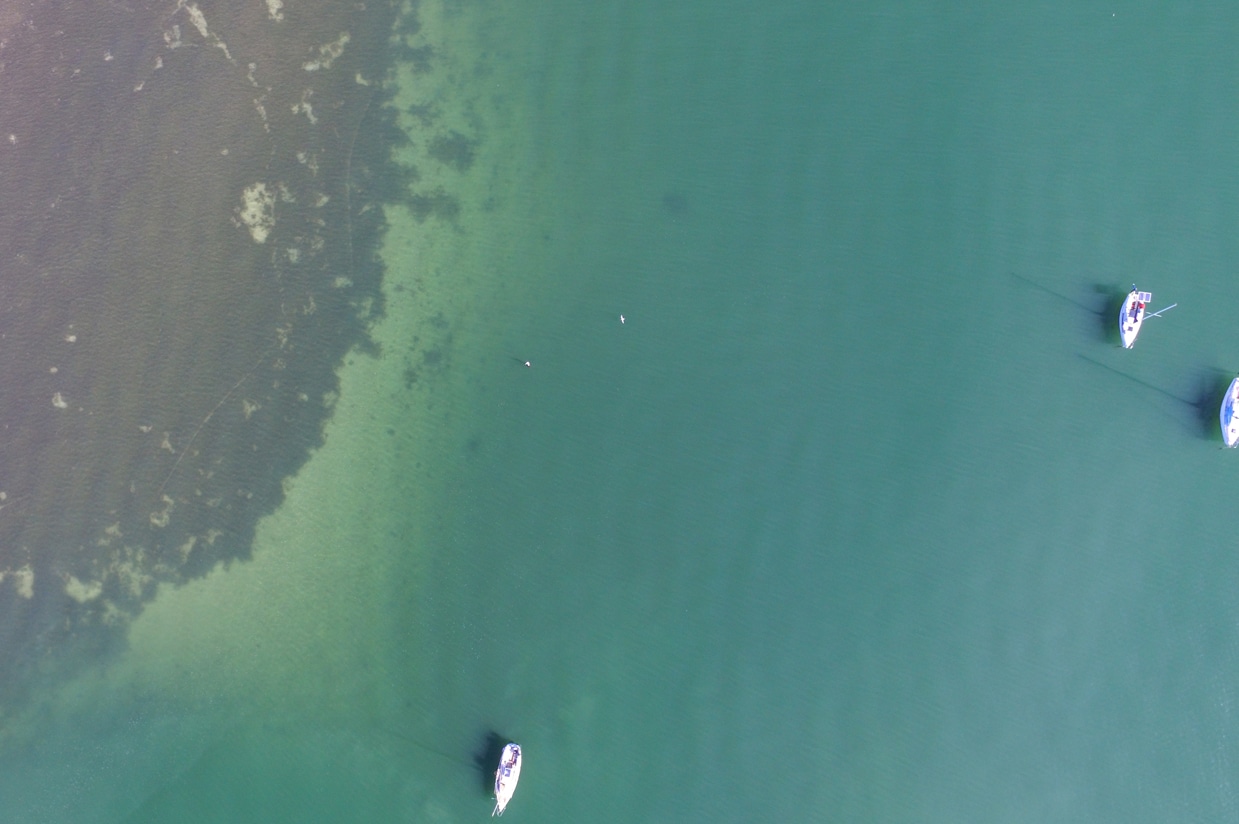There is not always a correlation made between ocean health and anchor dragging – but there should be. Whether you sail your own boat, spend your holidays on a floating hotel or have your latest gadget shipped from another continent, it could very well be indirectly influencing the state of the seas. If nothing else, we should at least be aware of this.
When laypeople think of a dragging anchor, they usually picture a boat slowly drifting off into the horizon until the anchor miraculously grabs hold of something below and the boat…just…stops. Happy ending for everyone on board.
A more marine-affine person may imagine choppy waters, changing currents, strong winds, all accompanied by hectic behavior on board, loud voices or maybe even some chaos arising from neighboring or docked boats nearby. The sooner you know your anchor is dragging and have stopped it, the better for everyone. “Too close for comfort” has never been more appropriate.
But there is a whole eco-system below the water’s surface which bears the brunt of a dragging anchor and these do not often catch our attention: coral reefs, marine life habitats, seagrass beds and other marine environments. Not to mention what can happen when a submarine oil or gas pipeline gets ripped from its hold due to a stray anchor and leaks its contents into the surrounding area (but that is a blog for another day).
The Sea needs our protection too
On June 21, 2021, BBC News wrote about “extensive scarring to the seabed” following the coronavirus shutdown and the effect of moored cruise ships off the coast of Dorset in 2020. The issue wasn’t about ships flouting regulations, in most cases they were doing what they could in an unexpected and extreme situation, but the continued dropping and dragging of anchors over an extended period caused “long-lasting impacts”, as Stephen Stafford of BBC wrote. Dragging anchors can wreak unwanted havoc but through increased attention, governments and local authorities are beginning to understand the need for restrictions and clearer guidelines.
According to an article put out by Ocean Independence last month, French authorities have just recently issued a number of protection laws governing anchoring areas for yachts and superyachts around Posidonia – otherwise known as seagrass – meadows in the Mediterranean. These “aquatic plants are vital in providing a source of oxygen for underwater ecosystems to function whilst stocking 10 times more carbon than forestry soils, as well as protecting beaches from erosion.”
Or as the Smithsonian Ocean Website notes, “Although they often receive little attention, [the seagrasses] are one of the most productive ecosystems in the world. Seagrasses provide shelter and food to an incredibly diverse community of animals, from tiny invertebrates to large fish, crabs, turtles, marine mammals and birds.”
Protecting our seas isn’t the responsibility of just one person, government, or organization. As so often, it takes a whole community and many interested parties. Anchors will continue to drag but the ensuing damages can be minimized through smart ideas and looking beyond the horizon. This is why we are so passionate about what we do and why we work relentlessly to bring a new dimension of safety at sea. We believe that we can all do better when using one of Earth’s most valuable natural resources and brave new technologies like AnchorGuardian can help those interested in doing so.
“We are tied to the ocean. And when we go back to the sea, whether it is to sail or to watch it we are going back from whence we came.” John F. Kennedy
#safeanchoring #anchorguardian #swissoceantech #anchorsafety #seagrassprotection #anchormonitoring #anchordragging #superyachts #gamechangers



